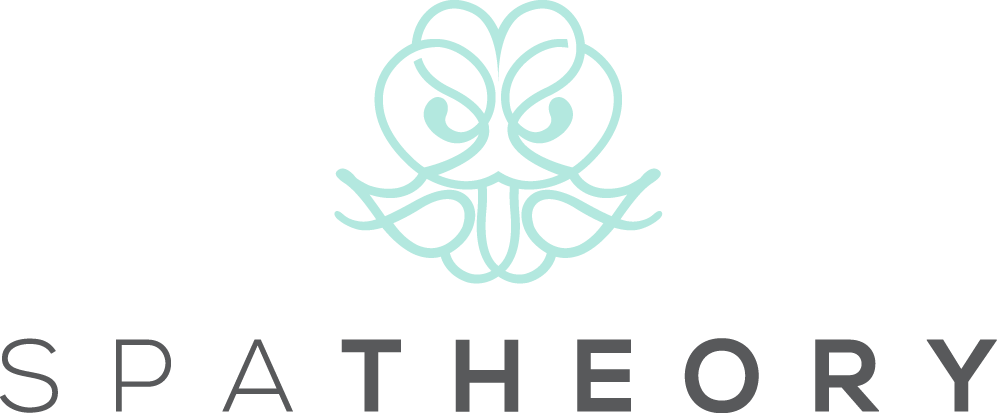How Massage Can Help Speed Up Recovery From Injury
Let's face it - injuries are a pain, both literally and figuratively. Whether you've pulled a muscle at the gym or you're recovering from surgery, the healing process can feel like it's dragging on forever. But what if we told you there's a way to potentially fast-track your recovery? Enter massage therapy - your new best friend in the injury recovery game.
What is Injury Recovery Massage?
Think of injury recovery massage as a superhero version of your regular massage. It's not just about relaxation (though that's a nice bonus). This specialized form of massage therapy targets the areas affected by your injury, working its magic to speed up healing and get you back on your feet faster.
How Massage Aids in Recovery
Now, you might be wondering, "How exactly does rubbing my sore spots help me heal?" Well, it's not just random rubbing. Massage therapists use specific techniques that can work wonders for your recovery. Let's break it down:
Pain Reduction
First things first - massage can help dial down the pain. By manipulating the soft tissues, massage can interrupt pain signals to your brain, giving you some much-needed relief.
Improved Circulation
Massage gets your blood pumping - in a good way. Better circulation means more oxygen and nutrients are delivered to the injured area, which can speed up healing. It's like giving your injury a nutrient-rich smoothie, but through your bloodstream.
Reduced Inflammation
Inflammation is your body's way of saying "Hey, something's not right here!" While some inflammation is necessary for healing, too much can slow you down. Massage can help reduce excess inflammation, allowing your body to focus on repairing the damage.
Enhanced Range of Motion
Injuries often leave us feeling stiff and restricted. Massage can help loosen up those tight spots, improving your flexibility and range of motion.
Types of Massage Techniques for Injury Recovery
Not all massages are created equal, especially when it comes to injury recovery. Here are some of the heavy hitters in the world of healing massages:
Swedish Massage
This is your classic, relaxation-style massage. While it might seem too gentle for injury recovery, don't underestimate its power. Swedish massage can help reduce overall muscle tension and promote relaxation, which can be crucial for healing.
Deep Tissue Massage
As the name suggests, this technique gets down to the deeper layers of muscle and connective tissue. It's particularly effective for chronic muscle tension and injuries that have left scar tissue behind.
Sports Massage
Athletes, this one's for you. Sports massage is designed to help prevent and treat injuries common in athletic activities, and can be a game-changer for recovery between training sessions or after competitions.
Integrating Massage into Your Injury Recovery Plan
Now that you're sold on the benefits of massage for injury recovery (and who wouldn't be?), you might be wondering how to get started. Here's a game plan:
Consultation with a Massage Therapist
First things first - talk to a pro. A qualified massage therapist can assess your injury and create a treatment plan tailored to your needs. And if you're in the Lonestar state, you might want to consider booking a relaxing mobile massage in Austin, TX. At Spa Theory, our therapists come to you, making your recovery process even more convenient.
Frequency and Duration of Sessions
How often you should get a massage depends on your specific injury and recovery plan. Your therapist might recommend sessions once or twice a week initially, tapering off as you heal. When it comes to duration, each session could last anywhere from 30 minutes to an hour or more.
Combination with Other Therapies
Massage doesn't have to be a solo act in your recovery journey. It can play well with other treatments like physical therapy, acupuncture, or even post-op massage - just think of it as assembling your own personal recovery dream team.
The Bottom Line
All in all, injury recovery massage isn't just a luxury - it's a powerful tool that can significantly speed up your healing process. In reducing pain, improving circulation, decreasing inflammation, and enhancing your range of motion, massage therapy can help you bounce back from injuries faster and more effectively.
But don’t forget that everyone's recovery journey is unique, and what works for one person might not be the best approach for another. That's why it's crucial to work with a qualified massage therapist who can tailor treatments to your specific needs.
So, the next time you're nursing an injury, consider adding massage therapy to your recovery toolkit. Your body will thank you for it. And who knows? You might just find yourself looking forward to your recovery sessions. After all, who said healing can't feel good?


